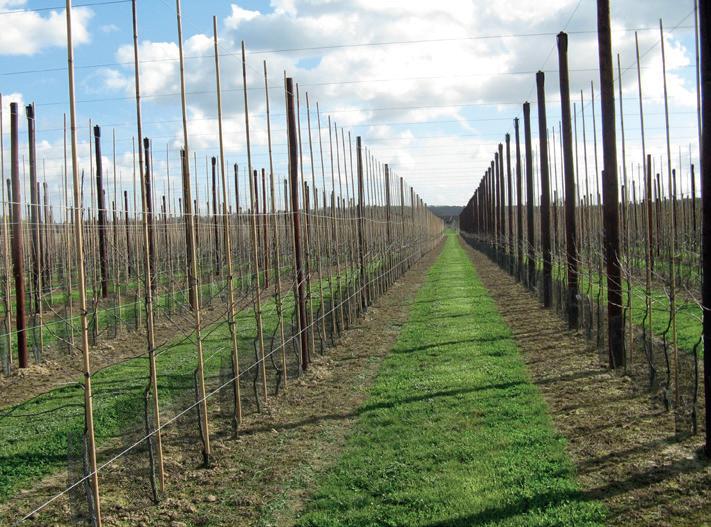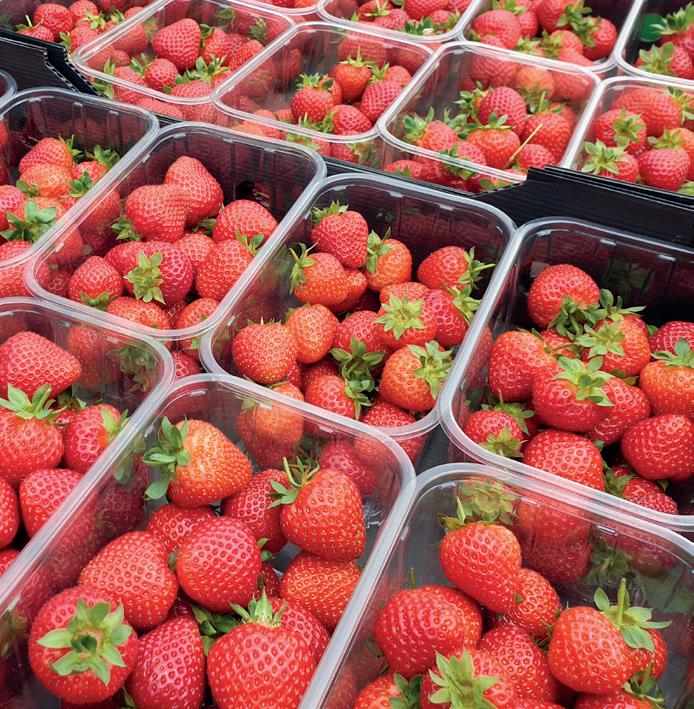
1 minute read
Improving spray precision in orchards

Title: Precision fruit tree dosing to optimise yield and quality
Advertisement
Funder: Innovate UK
Protection Scientist
Partners: Hutchinsons, The Acclaimed Software Company, N.P. Seymour, Outfield Technology, WORLDWIDE Fruit Ltd, Plumford Farm
Term: January 2020 to March 2023
Commercial orchards may appear uniform, however, there is substantial variation between trees in terms of vegetative growth and size, and even greater variation in yield. Despite being the same variety and age, every tree in an orchard is different depending on its health, soil conditions, root growth, nutrient uptake, location in the orchard, light interception, and past tree management. Current orchard sprayers do not take account of this variation and spray at a fixed rate irrespective of individual tree size, vigour, and requirements. This can result in inefficient use of sprayed products, under/over dosing, and drift.
The project
NIAB has been working with industrial partners in an Innovate UK funded project to develop a precision orchard spray application system that varies the volume of spray applied to each tree based on tree size and shape, and other measurements (e.g. blossoms or fruit).
Results
The system applies tailored doses to individual trees throughout the orchard (Figure 1), employing LIDAR scanning, UAV aerial surveying, data analysis and machine learning, RTK-GPS positioning, and the use of pulse width modulation (PWM) nozzles to adjust the output of an air-assisted sprayer. The software can handle a variety of data types, so in the future as more variables can be mapped (e.g. disease), dose prescription maps could be created for other sprayable products. Initially, the system will be able to control and reduce bienniality, control crop load per tree, and maximise the percentage of class 1 fruit per tree.
The system provides many benefits to growers, including increased orchard uniformity, increased productivity and yield of Class 1 fruit, improved efficiency of resource use contributing to sustainability, reduced use of plant protection products, reduced environmental impact, and avoidance of unintended repeat application.
Michelle Fountain, Head of Pest and Pathogen Ecology








